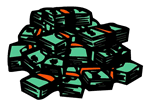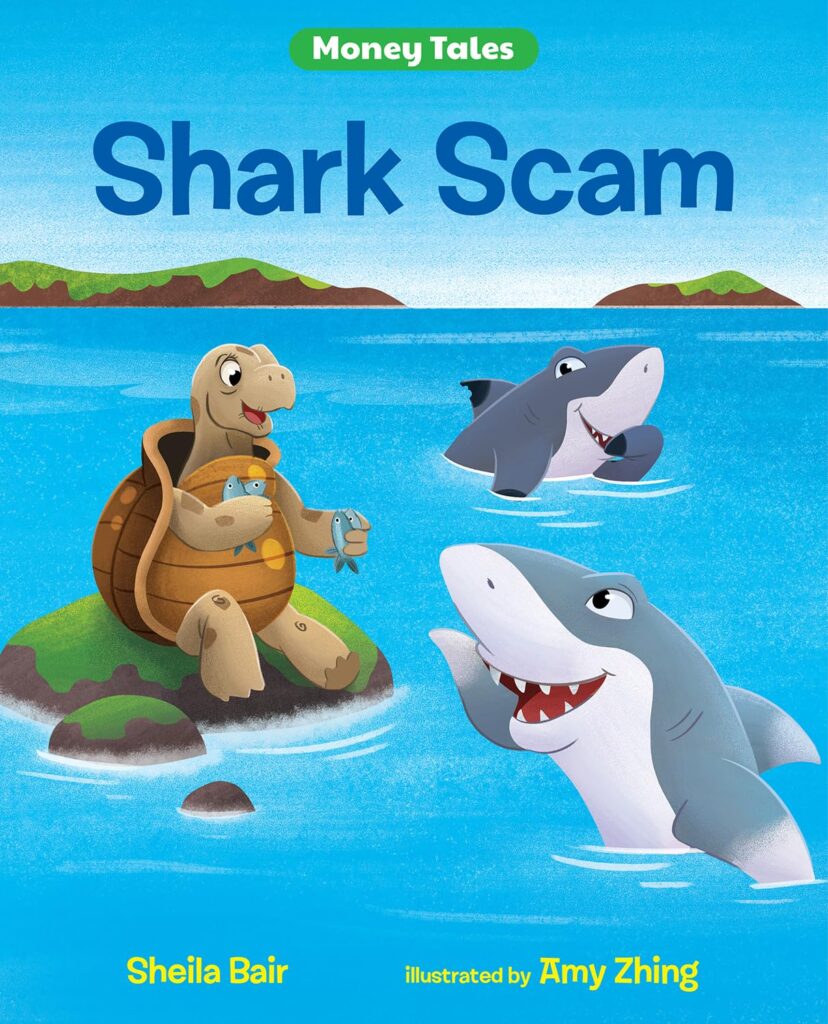
Grades 3-5

Don't have an account yet? Sign up for free
Don't have an account yet? Sign up for free


In a barter system, people have to trade goods and services for other goods and services. In an economy that produces millions of goods and services, barter is very difficult. Think of all the stuff (goods and services) you have.
In a barter system, people have to trade goods and services for other goods and services. In an economy that produces millions of goods and services, barter is very difficult. Think of all the stuff (goods and services) you have. What if you and your parents had to trade other stuff to get your stuff? What if your mom and dad were paid in stuff rather than in money?
That is why we have money. Money makes it easier to produce and exchange goods and services. Because of money, the economy becomes more efficient and people can get more stuff. It is the stuff, not the money, that people really want. But without good money, we cannot get more stuff.
Therefore, money serves as a medium of exchange. All this means is that people exchange money for goods and services.
But people cannot exchange money for goods and services if they can not trust the money. If someone gives you counterfeit, bogus or fake money, for stuff, you are just stuck. They have the stuff, and you have nothing in return. You have nothing to trade for something else because that money is no good. That is why the government tries to make it difficult to counterfeit money. Let us see how they do this.
 Let us look closely at the 1996 redesigned $100 bill.
Let us look closely at the 1996 redesigned $100 bill.
Visit the https://www.pbs.org/wgbh/nova/article/anatomy-bill/
Click on any part of the bill to become familiar with its artistic details.
The location “https://www.pbs.org/wgbh/nova/article/anatomy-bill/#seal ,” has more information and pictures of the actual printing process. Look for details of intaglio printing, color-shifting, the hidden messages of micro-printing, and the use of serial numbers.
(Younger students may need help with vocabulary here, but they will enjoy hearing the story and seeing the pictures.)
At the end of the printing page, click on “Anatomy of a Bill Paper.” Here the pictures and text tell about the fibers of security thread and watermarks…all security measures.
At the next site you can be a https://www.pbs.org/wgbh/nova/moolah/hotsciencemoolah/ detective and investigate a bill to see if it is real or not. How many errors can you spot?
We know “making money” is hard but did you realize how really complicated the actual process is? Share what you have learned with your family tonight.

Grades 3-5

Grades 3-5

Grades 9-12

Content Partner
Grades 3-5
